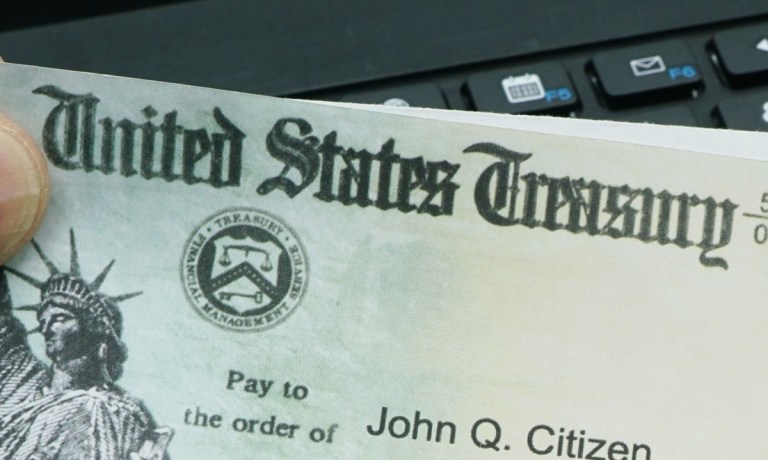US Treasury: AI Helped Recover and Prevent $4 Billion-Plus in Fraud

The U.S. Treasury Department said artificial intelligence (AI) has helped fuel a fraud/improper payments recovery.
The department announced Thursday that its “technology and data-driven” approach allowed it to prevent and recover more than $4 billion in fraud and improper payments, up from $652 million during 2023.
“This increase reflects dedicated efforts by the Treasury’s Office of Payment Integrity, within the Bureau of the Fiscal Service to enhance its fraud prevention capabilities and expand offerings to new and existing customers,” the department said in a news release.
A breakdown of the effort shows that expanded risk-based screening helped prevent $500 million in fraud/improper payments, while identifying and prioritizing high-risk transactions led to another $2.5 billion in prevention.
Meanwhile, the use of AI and machine learning in identifying check fraud helped the department recover $1 billion, while implementing efficiencies in the payment processing schedule led to another $180 million in prevention.
“As the federal government’s central disbursing agency, Treasury securely disburses approximately 1.4 billion payments valued at over $6.9 trillion dollars to more than 100 million people annually,” the release said.
“At a time when losses from fraud in the financial sector continue to rise every year, with online payment fraud expected to cumulatively surpass $362 billion by 2028, Treasury is uniquely positioned to support federal programs proactively mitigate the risk of financial fraud by leveraging data and emerging technologies.”
And as PYMNTS wrote Thursday, fraudsters are ruthless, so much so that they’ll post as phony charity organizations or create new identities to apply for aid meant for the legitimate victims of the two recent hurricanes that have struck the American Southeast.
To combat these crimes, that report said, financial institutions need a new mindset, one beyond the world where “good enough” fraud defense and identity verification is OK.
“It can be difficult to quantify what you are up against, but there are best practices out there,” Entersekt Solutions Director Steve Bledsoe told PYMNTS in an interview.
The “good enough” approach, he added, has meant accepting of the status quo of fraud prevention — and holding on to the hope that current and past solutions and tools will be enough to continue to combat fraud effectively into the future. That approach no longer works.
As Bledsoe said, “We’re in a perpetual arms race with the fraudsters. And when we build a higher fence, they build a higher ladder.”
For all PYMNTS AI coverage, subscribe to the daily AI Newsletter.

